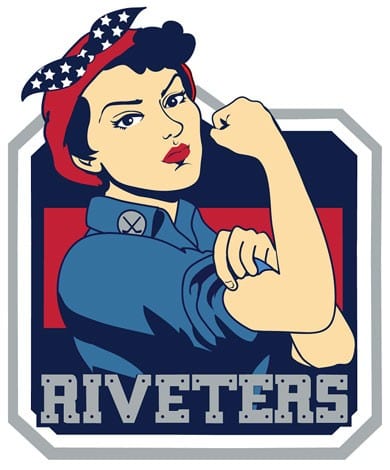There are not many things that I have in common with Australia’s best athletes. For example, I don’t believe I share many traits with triathlete Mirinda Carfrae. She is one of Australia’s top athletes in any sport; and I am sometimes too tired to walk to the fridge.
You might not have heard her name, but she is incredibly dominant in her field, winning gold at the infamous Ironman World Championship in Hawaii for the past two years, and is hoping to take the title out again when it is held again on October 10. The (torture-fest) Ironman consists of a 3.8km swim, 180km cycle and a 42.2 run, all done without a break.
When I heard about an accident that Carfrae was involved in last weekend, I finally felt as though we were alike in at least one way. She had just completed a training session through Hawaii’s lava fields, where she was almost knocked off her bike by the force of the wild winds. But she held on. That was until afterwards when she was rushing on her bike to a service station, hit a small bump, and fell off the bike onto concrete. She scraped up her arm, shoulder and hip in the accident (but is confident of a full recovery before the World Championship). She explained that the accident had occurred because she had been ‘overanxious’ to get a chocolate bar. So there it is, I finally have something in common with an incredible and dominant Australian athlete.
I think I can understand Australia’s hockey team a bit more, after somehow enduring a semester of hockey in grade 9. Sure, adult athletes endure a lot to play their chosen sport, but I am convinced there is nothing more brutal than playing hockey against fourteen-year-old frenemies who are holding hockey sticks. Hopefully the Hockeyroos will have an easier time at the Hockey World League Final, to be held in Rosario in December. The recently announced draw includes eight teams who have all already qualified for next year’s Olympics, (including the Netherlands who are ranked first to the Hockeyroos’ second). The Hockeyroos lost to the Netherlands in the grand final two years ago, and will be hoping to go one better this time around. The winner of the final is guaranteed an invitation to the Champions Trophy in London next June, an integral event in the lead up to the 2016 Olympics.
In exciting news for the kind of hockey that is played on ice, the first game of the newly established National Women’s Hockey League will be played in a week’s time in the United States. The formation of the league was announced earlier this year, and becomes the first women’s professional league to pay its players, with the highest earners on a salary of $25, 000. The salary is still not enough for players to live on, but is a vast improvement from the completely unpaid Canadian Women’s Hockey League, the only other top-level option for players previously. Also important to note (because I like it), the New York team is called The Riveters, and has this logo:
Last night the NRL Grand Final was played between two Queensland teams, and was taken out by the North Queensland Cowboys. For the first time ever, both teams were captained by an Indigenous player. Also played yesterday was the Annual QAIHC Arthur Beetson Foundation Murri Rugby League Carnival. The carnival, held over a weekend, involves Queensland teams all the way from the Gold Coast to the Torres Strait. After four days of games, the Grand Final was played between the Highlanders and the Murri Sisters, with the Sisters taking out the competition 22-0. Highlights of the matches (including the men’s) can be found here at . In other NRL news, the winner of the inaugural Dally M Female Player of the Year went to 21-year-old Queensland player Jenni-Sue Hoepper. The talented Hoepper is also working as an NRL indigenous and development schools officer in Townsville, and has been the Queensland and Australian five-eighth for the past two years. The future is exciting for rugby league.
The future is also exciting for women in football, with the newly released FIFA 16 video game signalling an important step forward. For the first time the popular game has included women’s soccer, with 12 international teams (including Australia) included. It comes off the back of the Women’s World Cup this year, and includes 3D modelling and head scans of the players, as well as inclusions of women’s body movements and playing style. The inclusion of a previously untapped audience is exciting, with some reviews indicating that the women’s gameplay is even more enjoyable than the men’s. Just like in real soccer.


